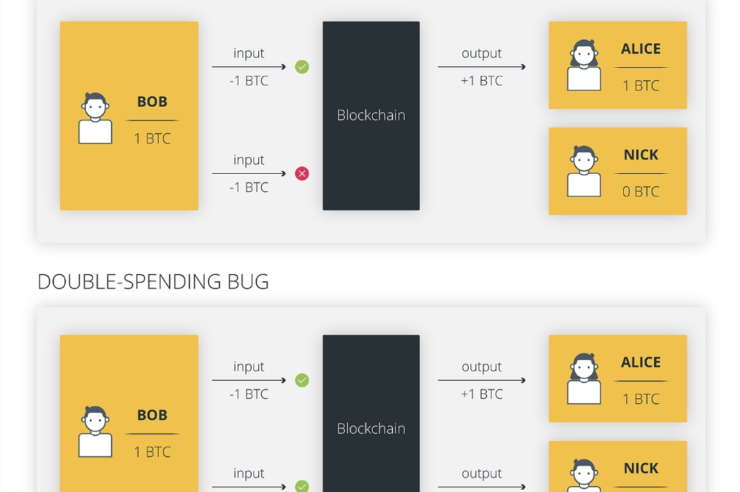One of the laziest and most frustrating criticisms of digital currencies — particularly Bitcoin (BTC) — is when pundits liken it to a pyramid scheme dependent on the “greater fool” joining to make a quick buck. While some people do indeed purchase digital assets purely for speculative purposes, it’s unfair to ignore many of the great services and achievements that are being made by developers in areas such as remittances, logistics, financial inclusion and intellectual property.
A fairer criticism of blockchains is that, for all proponents say about decentralization, blockchains are still dependent on miners or other powerful players that control their networks. Whether it be factories filled with servers for proof-of-work (PoW), pools of PoW miners, large pools of tokens for proof-of-stake (PoS), or the fact that at times, more than 50% of transactions that run on the Ethereum network run through the Infura API, there’s no ignoring these massive centralized points of failure.
Granted, the design of popular PoW and PoS blockchains has been incentivized to ensure bad actors are punished, yet it remains to be seen how they will operate when the value of digital assets operating on certain blockchains exceeds the value of the underlying ledger’s native coin.
Related: Ethereum’s Merge will affect more than just its blockchain
Imagine, for instance, if a popular stablecoin grew so large that its total value exceeded that of the native coin of the underlying blockchain it operated on. Essentially, it would create an inverse pyramid whereby the holders of the native token could control the transactions of the said stablecoin. Given the concentration of many crypto assets among “whales” who have a vested interest in their blockchain’s native token (and price), this could become a very real problem.
In Ethereum, as a PoS ledger, miners’ stakes are in Ether (ETH). Should Tether (USDT) or USD Coin (USDC) become larger than Ether in market value, they could theoretically pull off a double-spend in those respective digital currencies, lose their Ether stake, and still profit more from the double-spend. Although it still remains hypothetical, it’s by no means unimaginable.

This then poses a question regarding how we should rethink distributed ledger technology (DLT) architecture and the role mining or staking assets should play.
Tether now boasts a market capitalization of over $80 billion, Circle just under $30 billion, while the Ethereum blockchain it’s programmed on has a market capitalization of Ether over $220 billion — not that far, given how quickly things can change in crypto.
Related: Tax on income you never earned? It’s possible after Ethereum’s Merge
This problem might seem theoretical and far off from being a potential issue; however, the rapid growth of cryptocurrencies as an asset class over the last decade should make people pause to consider what could happen if stablecoins enter the mainstream. Although DLT remains a very young industry, the last 14 years have given us their fair share of unexpected surprises, unintended consequences and shocks that, in hindsight, seemed obvious.
Developers might consider whether now is the time to rethink the architecture underpinning digital assets. Dependency on centralized miners or servers, mistakes made by coders writing smart contracts, and the potential for double-spend when projects exceed the value of their underlying blockchains mean decentralized finance needs to look at alternatives to blockchain. Post-blockchain distributed ledgers, such as directed acyclic graphs (DAG), which allow access to anyone and don’t rely on block producers, could provide an insight into how this industry evolves over the next decade.
Whatever form the new architecture takes is a prize waiting to be claimed. Only then will the industry finally live up to its promise and stop being associated with pyramid schemes.
Anton Churyumo is the founder of Obyte. He previously served as the co-founder and CEO of companies including Teddy ID, SMS Traffic and Platron. He graduated from the Moscow Engineering Physics Institute before obtaining a graduate degree in math and theoretical physics.
This article is for general information purposes and is not intended to be and should not be taken as legal or investment advice. The views, thoughts, and opinions expressed here are the author’s alone and do not necessarily reflect or represent the views and opinions of Cointelegraph.






















Comments (No)